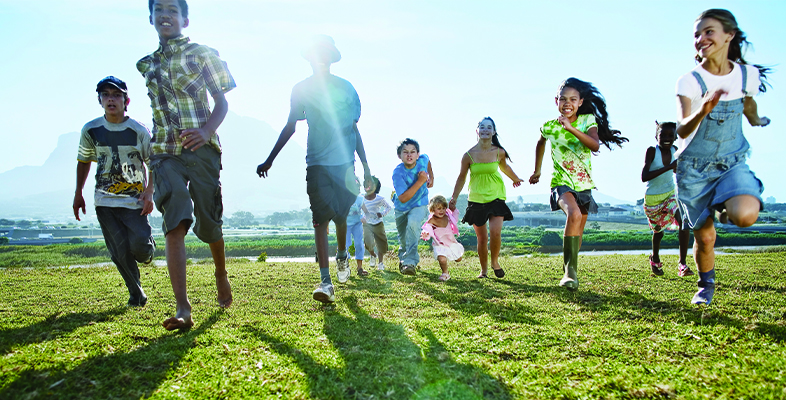Bullying
What is bullying? The following definition is from the Department for Education (2011):
Bullying is behaviour by an individual or group, repeated over time, that intentionally hurts another individual or group either physically or emotionally.
The key words and phrases to note in this definition are:
- behaviour by an individual or group
- repeated
- intentionally hurts another individual or group
- physically
- emotionally.
Research suggests that children with SEND are particularly vulnerable to name-calling, ridicule and being ostracised or excluded. This can have a profound effect on a child’s self-esteem.
Activity 5
Using the five key words and phrases above, make notes on how Jax’s story fits the definition of bullying.
Case study: Jax, aged 14
‘I don’t know whether it has ever happened to you? It started when Justine came into our class. Justine said she wanted to be my friend. It was OK at first but then she and some of the other children in the class began laughing about things and I didn’t know what was funny. They had secrets they wouldn’t tell me. They started nicking my things and pretending I had lost them. I tried really hard to join in with them and do as they said, but then they’d go off without me.
They’d pretend to help me with my work, but then they’d scribble on it or laugh when I got it back with loads of corrections. They started sending me horrible text messages. They got everyone against me. I didn’t want to tell her – but my mum found out when I told her because she found me crying in my room.
I wouldn’t go to school. Mum went to school and spoke to Miss Ratcliffe but she said they, the teachers, hadn’t seen anything and they couldn’t do anything about it. I got really down. My mum went to school and got angry because I was missing so much school. They got everyone together and changed my form. They also gave me a mentor. Things are better now but I still don’t speak to Justine – she wasn’t really my friend.’
Comment
- Behaviour by an individual or group – the bully in Jax’s story was Justine.
- Repeated – the behaviours occurred on more than one occasion. Justine and others laughed at Jax, stole her things, spread rumours about her, sent nasty text messages and turned other people against her.
- Intentionally hurts another individual or group – Justine and the other children carried on with their actions even though they must have known they were hurtful.
- Physically – Justine and the other children stole things, which is a physical action. Jax refusing to go to school was a physical outcome that was caused by an emotion.
- Emotionally – Jax was very upset. She describes how her mum found her crying and how she didn’t want to tell her mum about what was happening at school.
It is clear that bullying can cause children and young people, including children and young people with SEN, a lot of stress and worry. For Jax, there was a successful outcome. The school supported her by moving her to another class and by giving her a mentor to talk to.
Being bullied can lead to depression and suicidal thoughts or attempts in young people. Jax’s story is an example of bullying that many of us would see as typical; children and young people might refer to it as ‘ganging up’ against one another and often do not realise that there can be a serious outcome to such activity.
